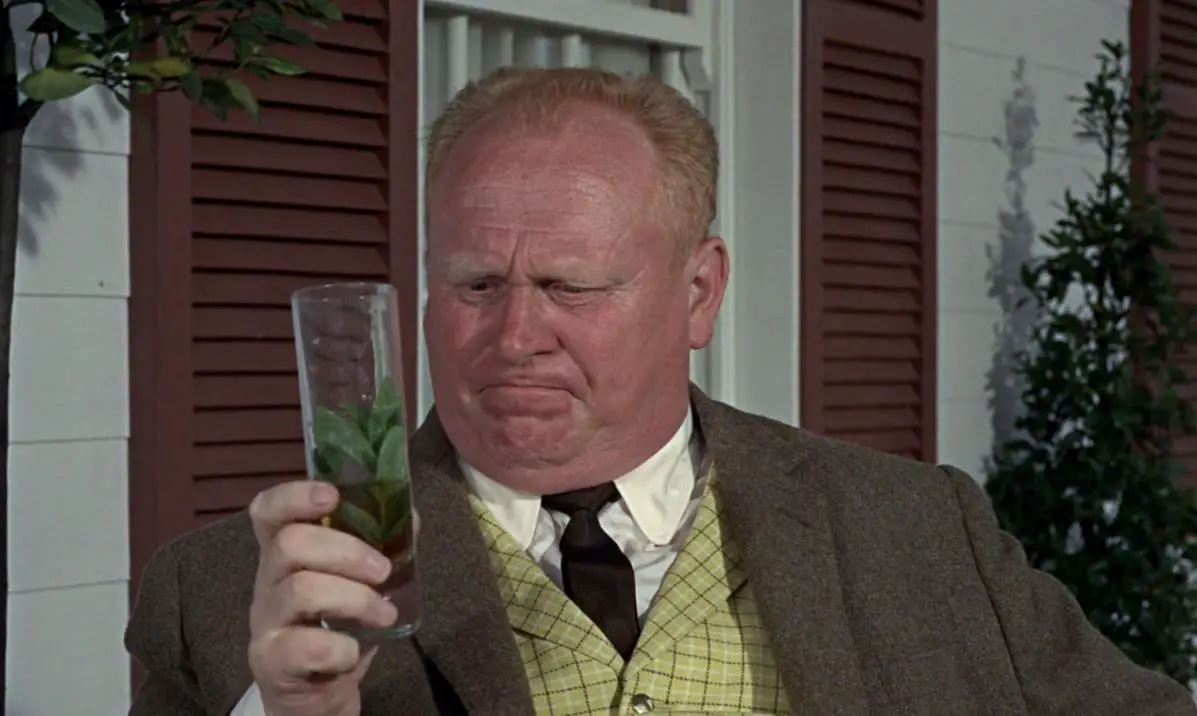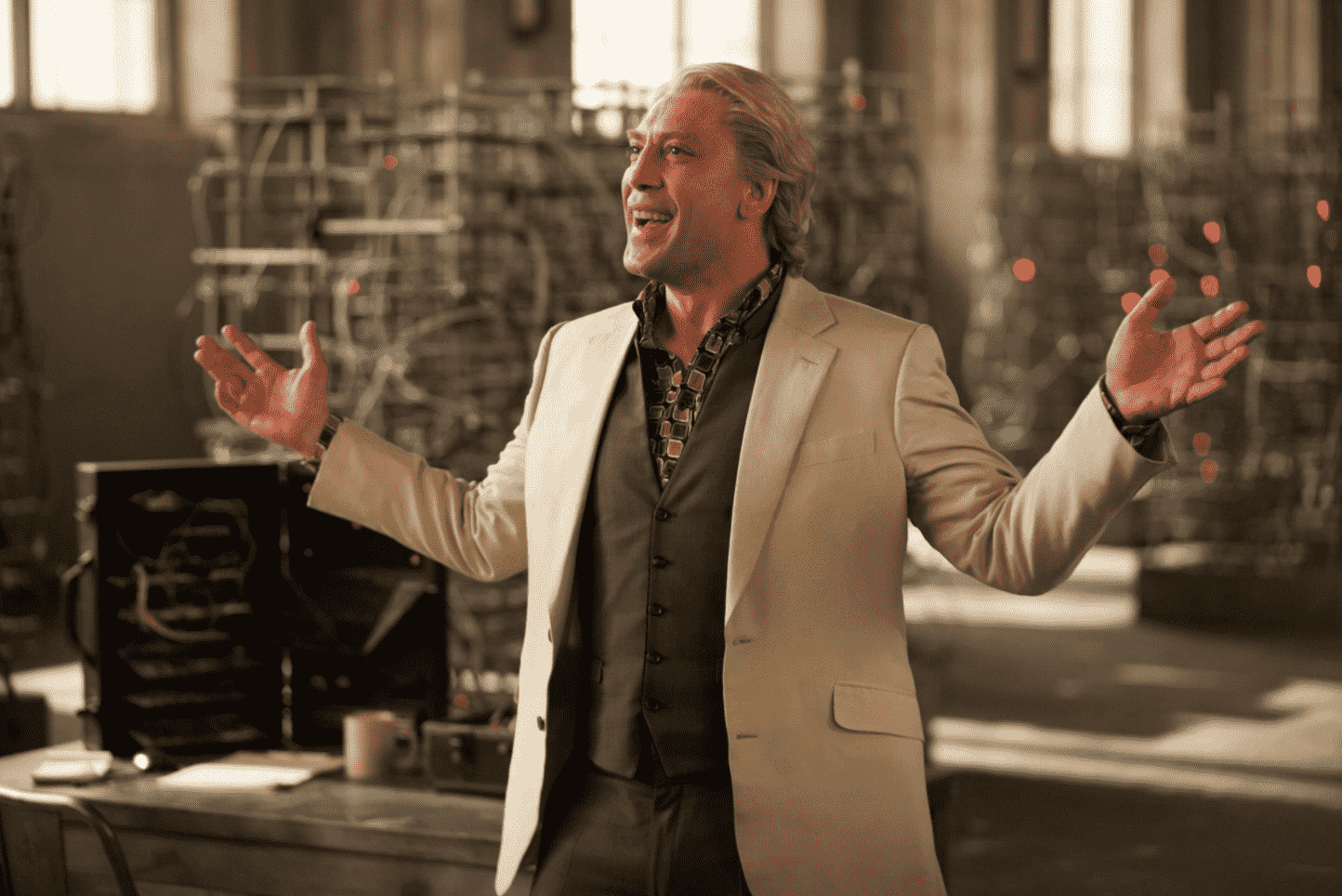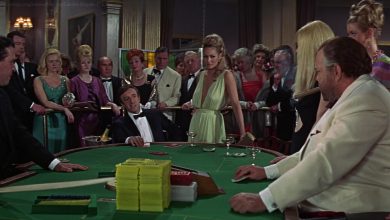Earthquake in James Bond Movie A View to a Kill Villain Uncovered !

James Bond movies are famous for their thrilling action sequences and intense villains. One such movie is A View to a Kill, which features an earthquake scene that leaves viewers on the edge of their seats. The earthquake in the film is not just a natural disaster; it is a crucial component of the villain’s plan.
In this article, we will explore the earthquake scene in A View to a Kill, its connection to the film’s villain, and the significance of natural disasters in action films. We will also discuss the cultural impact of James Bond movies and the evolution of action films over the years.
Key Takeaways:
- A View to a Kill features an intense earthquake scene that is crucial to the film’s plot.
- Natural disasters are often used in action films to create tension and excitement.
- James Bond movies have had a significant cultural impact worldwide.
- Action films have evolved over the years, incorporating new technologies and special effects.
A View to a Kill: An Iconic James Bond Film
Released in 1985, A View to a Kill is the fourteenth installment in the James Bond franchise and the seventh and final film to star Roger Moore as Agent 007. The movie was directed by John Glen and featured an all-star cast including Christopher Walken as the main villain, Max Zorin, and Grace Jones as his henchwoman, May Day. A View to a Kill received mixed reviews upon its release but has since garnered a reputation as a cult classic and an iconic James Bond film.
The movie is known for its over-the-top action sequences, including a thrilling chase scene across the Golden Gate Bridge in San Francisco and, of course, the infamous earthquake scene. A View to a Kill also features a catchy title song by Duran Duran, which hit number one on the charts in both the US and the UK.
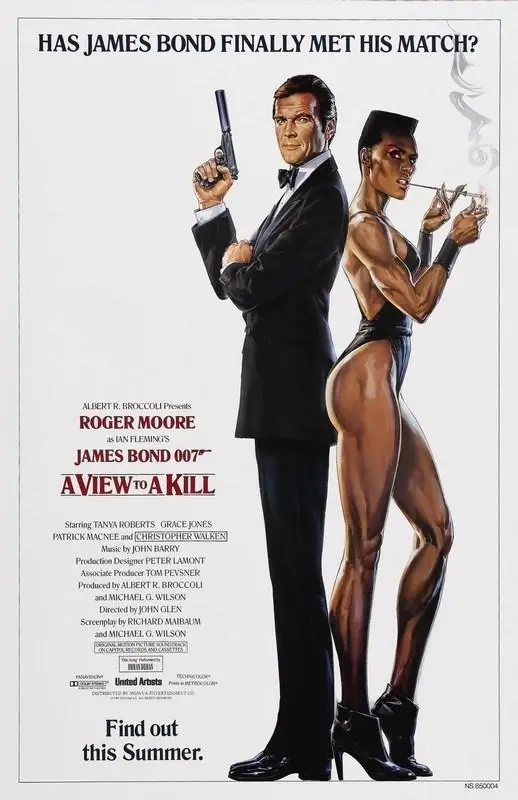
The Villainous Plot Unveiled
In A View to a Kill, the main villain, Max Zorin, is a former KGB agent who has defected to the West. He hatches a diabolical plan to trigger a massive earthquake that would wipe out Silicon Valley, giving him a monopoly on microchip production.
But how does Zorin plan to execute this sinister plot? As it turns out, he’s been drilling boreholes deep into the San Andreas Fault, where he’ll detonate explosives that will cause the fault to shift and trigger the earthquake. Zorin’s plan is as daring as it is destructive, and it’s up to James Bond to stop him.

The Science Behind the Scene
While earthquakes can occur naturally, triggering one intentionally is highly unlikely. But in the world of James Bond movies, anything is possible.
The A View to a Kill earthquake scene is notable for its scientific accuracy. The producers consulted with geologists to ensure that the portrayal of an earthquake triggered by man-made explosions was as realistic as possible.
The scene features various shots of seismographs, monitoring devices that detect and measure vibrations in the Earth’s crust. The seismographs even have accurate readings and give Bond a visual cue to gauge the magnitude of the earthquake.
While the scene is dramatized for entertainment purposes, the filmmakers took care to ground it in scientific reality, making it all the more thrilling.
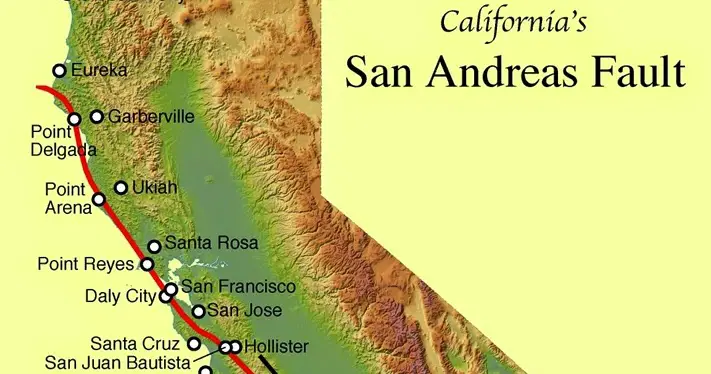
The Earthquake Scene: A Gripping Movie Moment
The earthquake scene in A View to a Kill is a standout moment in the film, providing a thrilling and intense experience for viewers. The scene comes as part of the climax, where the main villain’s plan is put into action, showcasing the destructive power of nature as well as the impressive special effects employed by the filmmakers.
The scene begins with an eerie calm, as the main characters descend into an abandoned mine, unaware of the danger lurking beneath their feet. Suddenly, the ground begins to shake, causing chaos and destruction as the mine walls crumble and the earth splits apart. The special effects team did a remarkable job of creating a realistic earthquake, with debris flying in all directions and characters struggling to keep their footing.
One of the most memorable moments comes when Bond and the main villain engage in a fierce fight while the earthquake rages on around them. The fight sequences are expertly choreographed, with the actors reacting convincingly to the shaking ground and crumbling environment. The combination of the earthquake and the fight creates a sense of urgency and danger that keeps the audience on the edge of their seats.
Overall, the earthquake scene in A View to a Kill is a standout moment in the film and a prime example of the thrilling action that James Bond movies are known for.
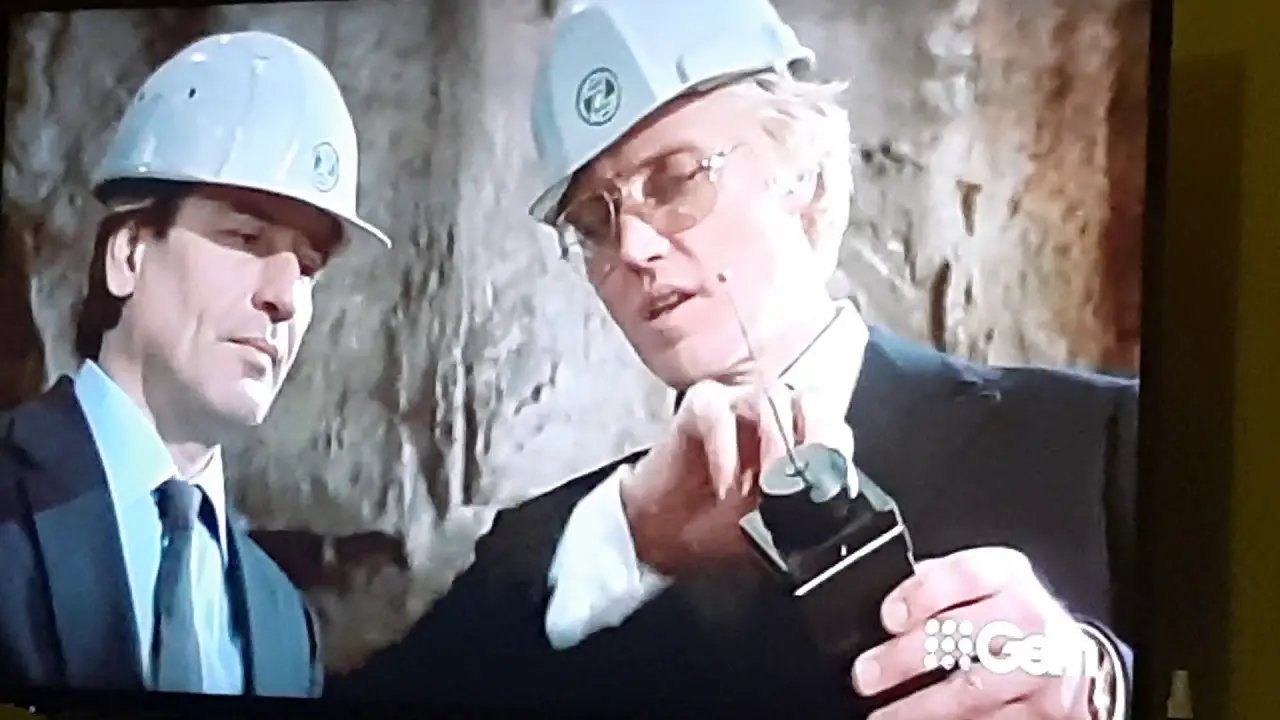
Natural Disasters in Action Films
From earthquakes to hurricanes, natural disasters have long been a popular theme in action films. These catastrophic events create tension and excitement, pushing the characters to their limits and showcasing their bravery in the face of danger.
The use of natural disasters in film is not limited to action movies, however. Dramas, thrillers, and even romantic comedies have used earthquakes, tornadoes, and other natural phenomena to heighten the drama and create memorable moments.
But why are natural disasters such a popular trope in film? Part of it may stem from the unpredictability and overwhelming power of nature. These events are often beyond our control, and in the face of such chaos, our human instincts take over. In this way, natural disasters in film can reveal the best and worst of humanity.
Of course, not all depictions of natural disasters in film are created equal. Some directors strive for realism, using special effects and expert research to create a believable portrayal of an earthquake or hurricane. Others opt for dramatization, exaggerating the effects for maximum impact on the audience.
One of the most iconic earthquake scenes in film can be found in the James Bond movie A View to a Kill. The earthquake is a central plot point, used by the villain to destroy Silicon Valley and take over the microchip industry. With its realistic effects and intense action, the earthquake scene in A View to a Kill is a prime example of how natural disasters can be used effectively in action films.
Famous Villains in James Bond Films
Over the course of the James Bond franchise, there have been numerous memorable villains who have captured the hearts and imaginations of audiences worldwide. These villains have become synonymous with the iconic spy series and have played a significant role in shaping the franchise’s legacy.
Ernst Stavro Blofeld
One of the most famous villains in the James Bond franchise is Ernst Stavro Blofeld. He first appeared in the film From Russia with Love and became a recurring antagonist in later films. He is known for his trademark white cat and his role as the leader of the criminal organization SPECTRE. Blofeld has been portrayed by various actors, including Donald Pleasence, Telly Savalas, and Max von Sydow.
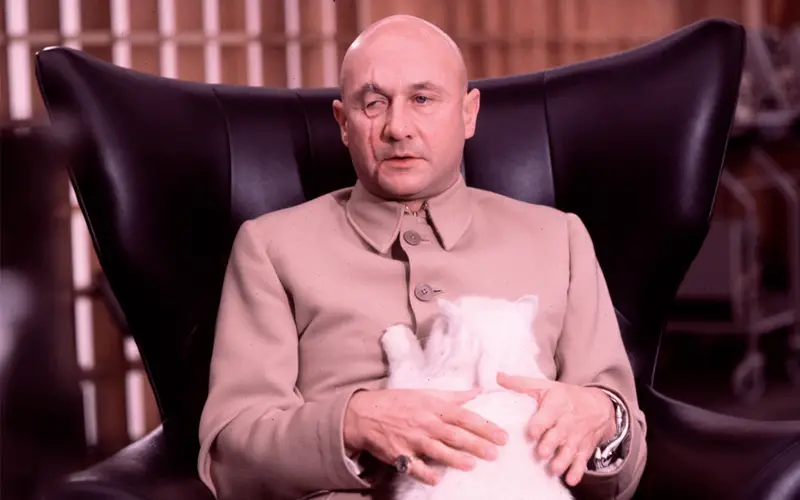
Auric Goldfinger
Auric Goldfinger, the titular villain of the film Goldfinger, is another memorable antagonist in the James Bond franchise. He is a wealthy and powerful businessman who plans to rob Fort Knox. Goldfinger is known for his love of gold and his henchman Oddjob, who wields a deadly hat. His portrayal by Gert Frobe is often cited as one of the best performances in the franchise.
Francisco Scaramanga
Francisco Scaramanga, played by Christopher Lee, is the main villain in the film The Man with the Golden Gun. He is a highly skilled assassin who charges a million dollars per hit. Scaramanga is known for his golden gun, which he assembles from various objects. He is also the only villain to match Bond in both intelligence and wit.
Raoul Silva
One of the more recent and memorable villains is Raoul Silva, played by Javier Bardem, in the film Skyfall. He is a former MI6 agent who seeks revenge against M, the head of MI6. Silva is known for his unconventional appearance and his unpredictability. He is considered one of the best villains in the franchise.
These are just a few of the notable villains that have left their mark on the James Bond franchise. They have each brought a unique flair and charisma to their roles, making them memorable and iconic characters.
Movie Trivia: Behind the Scenes of A View to a Kill
Did you know that A View to a Kill marked the final appearance of Roger Moore as James Bond? The film also starred the legendary Grace Jones as May Day, the villainous sidekick to Christopher Walken’s villainous character, Max Zorin.
The iconic scene in which James Bond drives a fire truck through the streets of San Francisco was not performed by Moore himself. Stunt driver Rémy Julienne was behind the wheel for that heart-pumping moment.
The film’s theme song was recorded by Duran Duran, making A View to a Kill one of the few James Bond movies to have a theme song performed by a popular band at the time of its release.
“I didn’t have a single scene with Roger Moore. I was so disappointed.” – Grace Jones
The production of A View to a Kill was not without its challenges. A fire broke out on set during the filming of the climactic battle scene, causing significant damage to the set. Despite the setback, the scene was completed on schedule.
Another interesting fact about A View to a Kill is that the film’s original title was actually “The Property of a Lady,” but was changed due to concerns that it may be perceived as sexist.
The Impact and Legacy of A View to a Kill
A View to a Kill is more than just another James Bond film. It stands out as an iconic movie with its memorable characters, gripping moments, and thrilling action scenes. The film marked the end of an era, as it was the last James Bond movie to feature Roger Moore as the suave British spy.
Despite mixed reviews, A View to a Kill remains a fan favorite and a cultural touchstone for those who grew up in the 80s. Its impact on popular culture can be seen in various aspects of modern-day entertainment, including music videos, TV shows, and even video games.
| Facts and Figures | |
|---|---|
| Release Date | May 24, 1985 |
| Box Office Gross | $152.4 million |
| Director | John Glen |
| Screenplay | Richard Maibaum, Michael G. Wilson |
One of the most memorable scenes from A View to a Kill is undoubtedly the earthquake sequence. It’s a gripping moment that leaves the audience on the edge of their seats. The earthquake scene is testament to the incredible imagination and creativity of writers and filmmakers who used real-life natural disasters as the basis for their stories.
Legacy
The impact of A View to a Kill can be seen in the countless action movies that have followed in its footsteps. The James Bond franchise itself has continued to flourish, with each new film pushing the boundaries of what’s possible in terms of stunts, special effects, and storytelling.
Despite the evolution of the action film genre, A View to a Kill remains an important part of film history. It encapsulates the spirit of an era and continues to inspire filmmakers today.
Earthquakes in Film: Realism vs. Dramatization
Earthquakes are one of the most powerful natural disasters, and it’s no surprise that they have been depicted in numerous films. However, the question arises of how accurately these depictions reflect reality.
Many filmmakers choose to dramatize earthquakes for the sake of cinematic effect. This can involve exaggerating the magnitude of the quake, adding unrealistic sound effects, and portraying buildings collapsing in a matter of seconds. While it may make for thrilling viewing, it is important to remember that these depictions are far from accurate.
On the other hand, some filmmakers attempt to portray earthquakes as realistically as possible, using detailed research and expert consultants to ensure accuracy. These depictions may be less visually spectacular but can provide a better understanding of the true impact of earthquakes.
Despite the varying degrees of realism in earthquake depictions, it is important for filmmakers to be aware of the potential impact of their portrayals. Earthquakes are deadly events that can cause immense damage and loss of life. By accurately highlighting the devastation caused by earthquakes, filmmakers can raise awareness and understanding of the dangers of these natural disasters.
Therefore, it is essential for filmmakers to strike a balance between cinematic effect and realism. By doing so, they can create compelling stories while also educating audiences about the risks associated with earthquakes.
Evolution of Action Films: From James Bond to Today
The James Bond films revolutionized the action genre, introducing audiences to the suave secret agent and his exciting exploits. Over the years, action films have continued to evolve, incorporating new technology, advanced special effects, and more intricate stunts.
In the early days of cinema, action films were often simplistic, featuring straightforward plots and basic fight sequences. However, with the advent of technology, filmmakers were able to push the boundaries of what was possible on screen.
| Decade | Features |
|---|---|
| 1960s | Intense fight scenes, practical effects |
| 1970s | Kung-fu movies, blaxploitation films |
| 1980s | Explosions, car chases, high-tech gadgets |
| 1990s | More complex plots, CGI effects |
| 2000s | Comic book adaptations, gritty reboots |
| 2010s+ | Highly choreographed fight scenes, massive set pieces |
Nowadays, action films often feature elaborate fight choreography and stunning visual effects, often blurring the line between reality and fantasy. However, even with these advancements, many filmmakers still pay tribute to the classics, incorporating practical effects and traditional stunts into their films.
It is clear that the James Bond franchise played a major role in shaping the action genre, paving the way for future filmmakers to push the boundaries of what is possible on screen. As technology continues to advance, it will be exciting to see how the genre evolves and continues to captivate audiences around the world.
The Cultural Impact of James Bond Films
Since the release of the first James Bond film, Dr. No, in 1962, the franchise has had a significant impact on popular culture worldwide. The suave, sophisticated, and action-packed adventures of 007 have captured the imaginations of countless viewers over the years, becoming a global phenomenon that shows no signs of slowing down.
From the iconic opening credits to the unforgettable theme songs, James Bond films have become synonymous with glamour, excitement, and thrills. The series has spawned a host of imitators and inspired countless other movies, TV shows, and books, making it one of the most influential and enduring franchises in entertainment history.
At the heart of the James Bond phenomenon is the character of Bond himself, a complex and multifaceted hero who has been portrayed by some of the biggest stars in Hollywood. From Sean Connery to Daniel Craig, each actor has brought their unique interpretation to the role, creating a truly iconic character who has become a cultural icon in his own right.
But it’s not just Bond himself that has made such an impact on popular culture. The films are also known for their elaborate gadgets, exotic locations, and larger-than-life villains, all of which have become hallmarks of the franchise. From Oddjob’s lethal bowler hat to Blofeld’s fluffy white cat, James Bond films have given us some of the most memorable villains and henchmen in cinema history.
Over the years, James Bond films have also tackled a wide range of topical issues, from Cold War tensions to terrorism and cybercrime. The series has always been at the forefront of popular culture, reflecting the changing times while remaining true to its roots.
Today, James Bond films continue to captivate audiences around the world, with each new installment eagerly anticipated by fans of all ages. Whether you’re a die-hard Bond fan or a casual moviegoer, the impact and lasting legacy of the James Bond franchise cannot be denied.
Conclusion
In conclusion, the earthquake scene in A View to a Kill is a gripping movie moment that adds to the tension and excitement of the film’s plot. The earthquake serves as a part of the villainous plot, illustrating the significance of natural disasters in action films. Not only does A View to a Kill stand out as an iconic James Bond film, but it has also left a lasting impact on the franchise, thanks in part to its memorable villains.
As we explored the portrayal of earthquakes in movies, we discovered the balance between realism and dramatization. We also traced the evolution of action films from the James Bond era to the present day, highlighting how the use of special effects and stunts has changed over time. Additionally, we examined the cultural significance and enduring popularity of James Bond films worldwide.
The Importance of the Earthquake Scene in A View to a Kill
While many James Bond films are remembered for their iconic moments, the earthquake scene in A View to a Kill stands out as a truly unforgettable movie moment. By seamlessly integrating the earthquake into the plot, the filmmakers were able to create a scene that not only added to the drama of the film, but also helped to establish the villainous plot that drives the story forward.
Overall, the earthquake in A View to a Kill is a testament to the power of natural disasters in action movies. By presenting the scene in a way that is both realistic and dramatic, the filmmakers were able to create a moment that is both thrilling and memorable- one that continues to captivate audiences to this day.
View to a Kill, A (BD) [Blu-ray]
FAQ
Q: What is the significance of the earthquake scene in A View to a Kill?
A: The earthquake scene in A View to a Kill is a pivotal moment in the film as it showcases the destructive power of the villain’s plan and adds tension and excitement to the story.
Q: Who is the main villain in A View to a Kill?
A: The main villain in A View to a Kill is Max Zorin, played by Christopher Walken. He is a wealthy industrialist with a sinister plan to cause a massive earthquake and gain control over the microchip market.
Q: How was the earthquake scene filmed?
A: The earthquake scene in A View to a Kill was created using a combination of practical effects, miniatures, and visual effects. The filmmakers used a combination of models and set pieces to simulate the destruction caused by the earthquake.
Q: What other natural disasters are featured in action films?
A: Other natural disasters commonly featured in action films include hurricanes, tornadoes, volcanic eruptions, and tsunamis. These events are often used to heighten tension and create high-stakes situations for the characters.
Q: Who are some other famous villains in James Bond films?
A: Some other famous villains in James Bond films include Ernst Stavro Blofeld, Auric Goldfinger, Jaws, and Raoul Silva. These iconic villains have become synonymous with the James Bond franchise and have left a lasting impact on the series.
Q: Can you share any behind-the-scenes trivia about A View to a Kill?
A: One interesting fact about A View to a Kill is that Roger Moore, who played James Bond, was the oldest actor to portray the character at the time of filming. Another fun fact is that Duran Duran’s theme song for the film became a major hit and reached number one on the charts.
Q: How has A View to a Kill influenced the James Bond franchise?
A: A View to a Kill is often cited as one of the more divisive entries in the James Bond series. While it received mixed reviews upon its release, it remains a memorable film due to its unique villain and thrilling action sequences.
Q: How realistic are earthquake scenes in movies?
A: The realism of earthquake scenes in movies can vary. While filmmakers strive to create believable and visually stunning depictions of earthquakes, they often take creative liberties for the sake of storytelling and entertainment value.
Q: How have action films evolved since the James Bond era?
A: Action films have evolved significantly since the James Bond era. Advances in technology have allowed for more realistic and elaborate action sequences, while storytelling has become more complex and diverse.
Q: Why are James Bond films so culturally significant?
A: James Bond films have had a significant impact on popular culture. They have become synonymous with the spy genre and have influenced countless other films and television shows. The character of James Bond has also become an iconic figure in cinema history.

